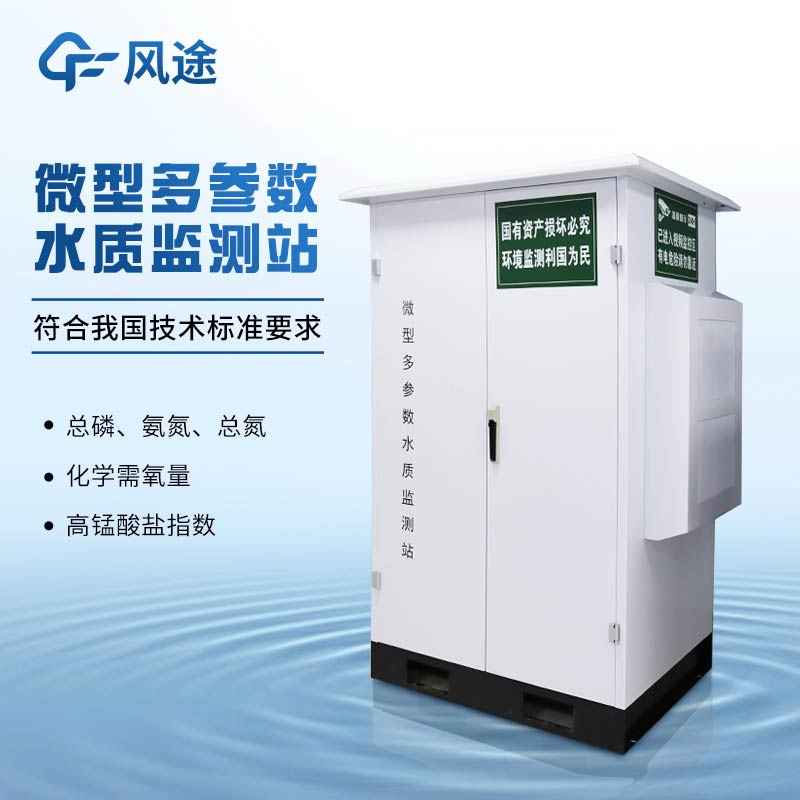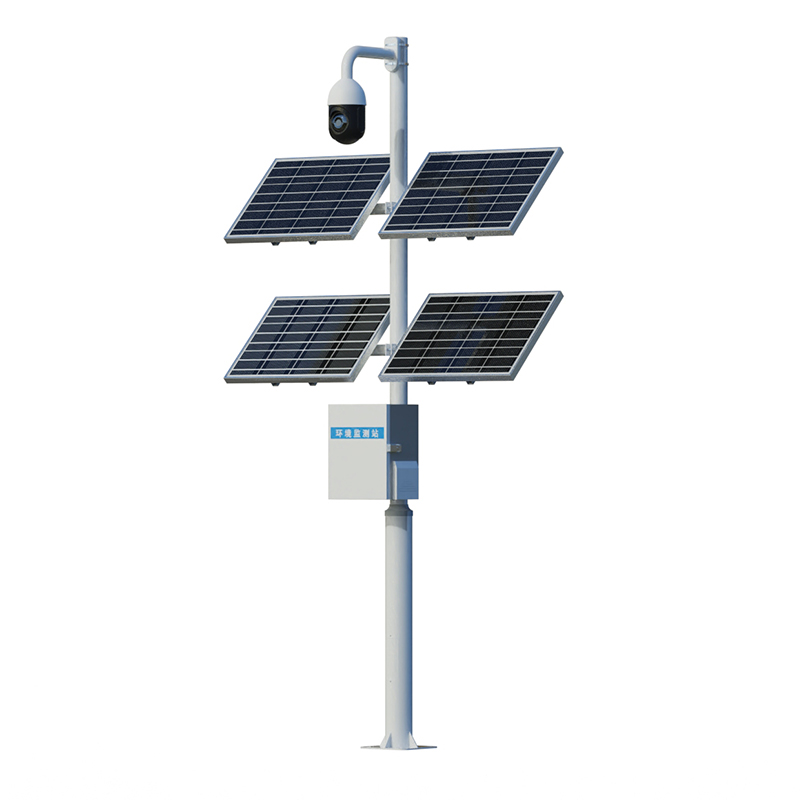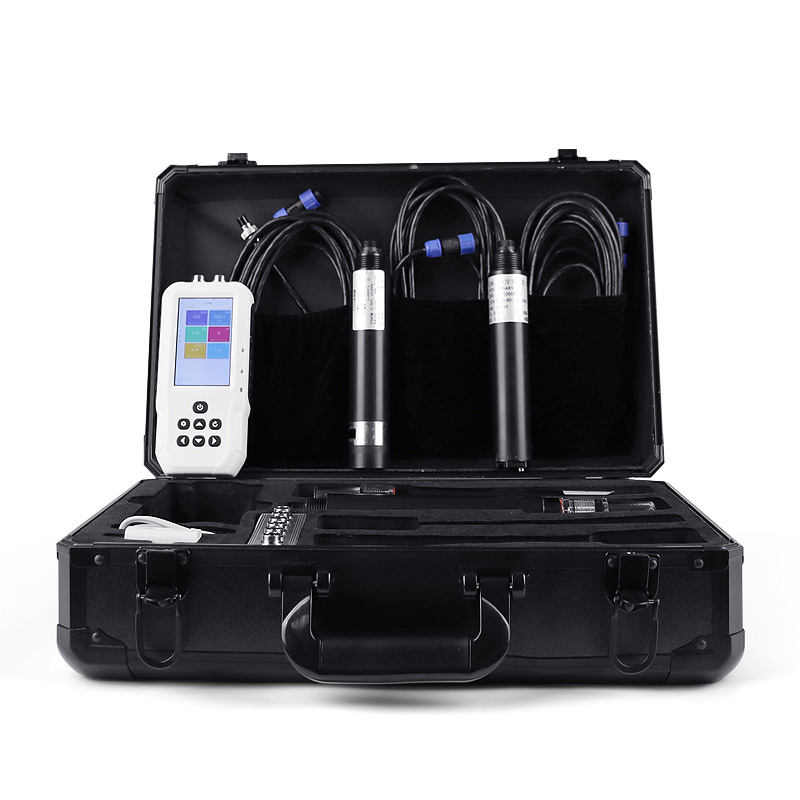In today's urban water supply system, secondary water supply occupies a key position, and ensuring the water quality safety of secondary water supply is becoming increasingly important. Against this background, the Water quality monitor system for drink water has been designed.
This system is an innovative breakthrough of traditional monitoring equipment. Traditional monitoring equipment has problems such as single parameter, poor timeliness, low monitoring frequency, and secondary pollution caused by reagent consumption. However, the water supply quality monitoring microsystem effectively solves these defects. It adopts a convenient modular design with plug - and - play features, has a fast response speed and short time - consuming, and can display data in real - time intuitively. It is a small integrated equipment for water supply quality monitoring.
It can measure a wide variety of parameters, including temperature, residual chlorine, pH, ORP, conductivity, and turbidity, etc., and these parameters can be freely combined according to requirements. Through the RS - 485 (Modbus/RTU protocol) bus, the system can collect and process data. It can not only display real - time data but also support the recording and query of historical data and alarm information.
This microsystem has been widely used in many fields, including tap water plants and pipe network monitoring, tap water at the end of the pipe, box - type secondary water supply, municipal water supply and self - built facility water supply monitoring, direct drinking water supply, etc. In the project, integrated equipment is mainly used to conduct multi - parameter water quality monitoring for secondary water supply. This monitoring does not require reagents or sampling pretreatment as in the traditional way. It can monitor urban drinking water in - situ and in real - time, and can issue timely warnings in case of abnormal situations. It realizes 24 - hour uninterrupted data monitoring in a point - to - point manner, covering all directions. It not only effectively controls the conventional parameters but also has more precise control over the three key parameters of pH, residual chlorine, and turbidity in secondary water supply, truly achieving 360 - degree no - dead - angle monitoring, thus ensuring that every drop of water flowing into users' homes is safe and reliable, allowing users to use it with confidence.

This paper addresses:https://fengtusz.com/industry/518.html









